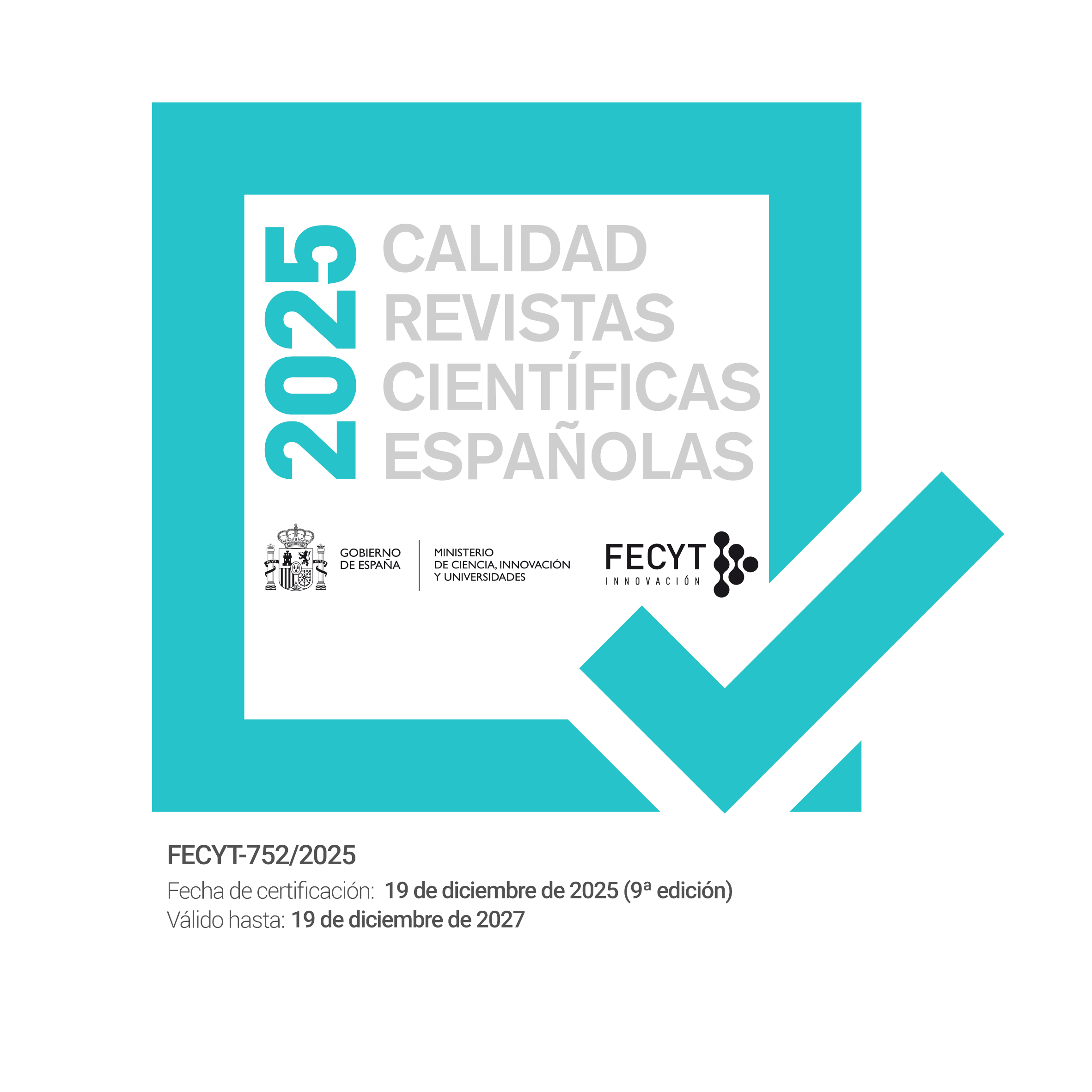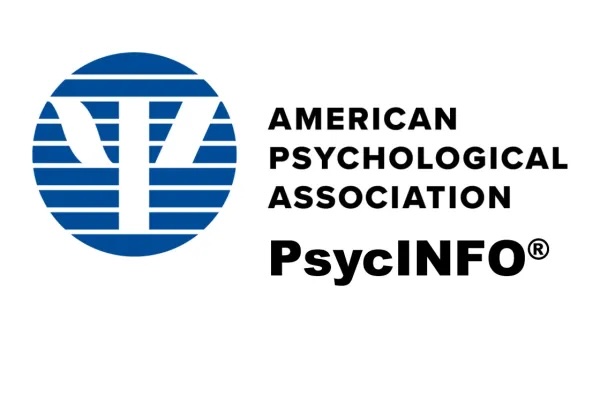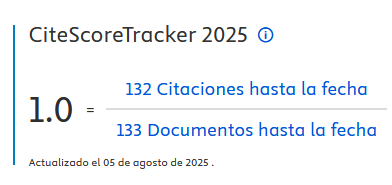Is Psychotherapy Integration Possible?
DOI:
https://doi.org/10.33898/rdp.v28i108.200Keywords:
integration in psychotherapy, obstacles for integration, the promise of integration, cognitive modelAbstract
This paper makes a theoretical reflection on the possibilities of integration in psychotherapy. Therefore; the origins of psychotherapy integration will be revised and the integrative therapist will be framed in relation to two main issues: attitudes and the real possibility of training in psychotherapy integration. This perspective implies to consider difficulties and obstacles for integration and how they could be resolved. Outstanding proponents of the integration trend have assumed that integration should be a process; never a product. This issue will be exemplified in the field of cognitive psychotherapies with some attitudes about them which show an erroneous integrative perspective. Finally; this paper will conclude with a reflection on how to put into practice the promise of integration.Downloads
References
Beck, A.T. (1991). Cognitive therapy as the integrative therapy. Journal of Psychotherapy Integration, 1, 191-198.doi: 10.1037/h0101233
Beutler, L.E., Harwood, T.M. y Caldwell, R. (2001). Cognitive-behavioral therapy and psychotherapy integration.En K.S. Dobson (Ed.), Handbook of cognitive-behavioral therapies (pp. 138-170). Nueva York: GuilfordPress.
Branco Vasco, A. (1993). ¿Cómo te están los zapatos?: La evolución de la orientación teórica y la práctica clínicadel terapeuta. En I. Caro (Ed.), Psicoterapia e investigación de procesos (pp. 331-350). Valencia:Promolibro. Colección de Psicología Teorética.
Branco Vasco, A., Garcia-Marques, L. y Dryden, W. (1999). Psychotherapist know thyself!: Dissonance betweenmetatheoretical and personal values in psychotherapists of different theoretical orientations. PsychotherapyResearch, 3, 181-207.
Caro, I. (1998). Integration of cognitive psychotherapies: Vive la difference, right now! Journal of CognitivePsychotherapy, 12, 67-76.
Caro, I. (1999). El origen cultural de la integración y del eclecticismo en psicoterapia. Psiquiatría Pública, 11, 19-26.Caro, I. (2003). Psicoterapias cognitivas: Evolución y comparaciones. Barcelona, España: Paidós.
Caro, I. (2007). Manual teórico-práctico de psicoterapias cognitivas. Bilbao, España: DDB.
Caro, I. (2017). Behavioural and Cognitive Psychotherapy: A descriptive review (2000 to July 2016). Behavioural& Cognitive Psychotherapy, 45, 321-336. doi: 10.1017/S1352465817000121
Caro, I. y Stiles, W.B. (2013). Irregular assimilation progress: Reasons for setbacks in the context of linguistictherapy of evaluation. Psychotherapy Research, 23, 35-53. doi: 10.1080/10503307.2012.721938
Coscollá, A., Caro, I., Avila, A., Alonso, M., Rodríguez, S., Orlinsky, D. (2006). Theoretical orientations of Spanishpsychotherapists: Integration and eclecticism as modern and postmodern cultural trends. Journal ofPsychotherapy Integration, 16, 398-416. doi: 10.1037/1053-0479.16.4.398
Dobson, K.S. y Dozois, D.J.A. (2001). Historical and philosophical bases of the cognitive-behavioral therapies. EnK.S. Dobson (Ed.), Handbook of cognitive-behavioural therapies (pp. 3-39). Nueva York: Guilford Press.
Dimaggio, G. y Lysaker, P.H. (2014). Supporters of a single orientation may do less for science and the health ofpatients than integrationists: A reply to Govrin (2014). Journal of Psychotherapy Integration, 24, 91-94. doi:10.1037/a0036996
Frank, J.D. (1961). Persuasion and healing. Baltimore: The Johns Hopkins University Press.Freud, S. (1904/1905). Sobre psicoterapia. En S. Freud, Obras completas, Vol. 6. Buenos Aires, Argentina:Amorrortu.
Fromme, D.K. (2011). Systems of psychotherapy. Dialectical tensions and integration. Nueva York: Springer.
Gaete, A. y Gaete, J. (2015). On theoretical integration in psychotherapy. Journal of Psychotherapy Integration.25, 158-174. doi: 10.1037/a0038883
Gelso, C.J. (2009). Confessions of a non-believer: The merits and mythology of integration. Applied and PreventivePsychology, 13, 14-15. doi:10.1016/j.appsy.2009.10.007
Gold, J. (2005). Anxiety, conflict, and resistance in learning an integrative perspective on psychotherapy. Journalof Psychotherapy Integration, 15, 374-383.
Goldfried, M.R. (2001). How therapists change: Personal and professional reflections. Washington: AmericanPsychological Association.
Goldfried, M.R., Pachankis, J.E. y Bell, A.C. (2005). A history of psychotherapy integration. En J. C. Norcross yM. R. Goldfried (Eds.) Handbook of psychotherapy integration (2 ed.) (pp. 3-23). Nueva York: OxfordUniversity Press.
Govrin, A. (2014). The vices and virtues of monolithic thought in the evolution of psychotherapy. Journal ofPsychotherapy Integration, 24, 79-90.
Hayes, S. C. (2004). Acceptance and commitment therapy, relational frame theory, and the third wave of behavioraland cognitive therapies. Behaviour Therapy, 35, 639-665. doi: 10.1016/S0005-7894(04)80013-3
Hollon, S.D. y Beck, A.T. (1994). Cognitive therapy and cognitive-behavioral therapies. En A. E. Bergin y S.L.Garfield (comps.), Handbook of psychotherapy and behavior change (pp. 428-466). Nueva York: Wiley.
Jones-Smith, E. (2011). Theories of counseling and psychotherapy: An integrative approach. Los Angeles: Sage.
Luborsky, L., Singer, B. y Luborsky, L (1975). Is it true that ‘everyone has won and all must have prizes? Archivesof General Psychiatry, 32, 995-1008.
Lutz, W., Ehrlich, T., Rubel, J.A., et al (2012). The ups and downs of psychotherapy: Sudden gains and suddenlosses identified with session reports. Psychotherapy Research, 23, 14-24. doi: 10.1080/10503307.2012.693837
Mahoney, M.J. (1995). The modern psychotherapists and the future of psychotherapy. En B. Bongar y L. E. Beutler(Eds.), Comprehensive textbook of psychotherapy (pp.474-488). Nueva York: Oxford University Press.Mahoney, M.J. (2003). Constructive psychotherapy. Nueva York: Guilford Press.
McLeod, J. (2001). Qualitative research in counselling and psychotherapy. Londres, Reino Unido: Sage.
Norcross, J.C. (2005). A primer on psychotherapy integration. En J. C. Norcross y M. R. Goldfried (Eds.) Handbookof psychotherapy integration (2 ed.) (pp. 3-23). Nueva York: Oxford University Press.
Norcross, J.C. y Arkowitz, H. (1992). The evolution and current status of psychotherapy integration. En W. Dryden(Ed.), Integrative and eclectic therapy: A handbook (pp. 1-40). Buckingham: Open University Press.
Norcross, J.C. y Newman, C.F. (1992). Psychotherapy integration: Setting the context. En J.C. Norcross y M.R.Goldfried (Eds.), Handbook of psychotherapy integration (pp. 3-45). Nueva York: Basic Books.
Pascual-Leone, A. (2009). Dynamic emotional processing in experiential therapy: Two steps forward, one stepback. Journal of Consulting and Clinical Psychology, 77, 113-126. doi: 0.1037/a0014488
Raimy, V. (1955). Training in clinical psychology. Englewood-Cliffs: Prentice Hall.Roazen, P. (1975). Freud and his followers. Nueva York: Alfred A. Knopf.
Robinson, D.N. (1997). Therapy as theory and civics. Theory & Psychology, 7, 675-681.Rønnestad, M.H. (2016). Is expertise in psychotherapy a useful construct? Psychotherapy Bulletin, 51, 11-13.
Rosenzweig, S.(1936). Some implicit common factors in diverse methods of psychotherapy. American Journal ofOrthopsychiatry, 6, 412–15.
Rychlak, J. F. (2000). A psychotherapist’s lessons from the philosophy of science. American Psychologist, 55,1126–1132. doi: 10.1037/0003-066X.55.10.1126
Rychlak, J. F. (1998). How Boulder biases have limited possible theoretical contributions of psychotherapy.Clinical Psychology: Science and Practice, 5, 233-241. doi: 10.1037/0003-066X.55.10.1126
Safran, J.D. y Messer, S.B. (1997). Psychotherapy integration: A postmodern critique. Clinical Psychology:Science and Practice,4, 140-152. doi: 10.1111/j.1468-2850.1997.tb00106.x
Staats, A.W. (2009). Unification in psychotherapy, in clinical, and in psychology. Applied and PreventivePsychology, 13, 26-27. doi:10.1016/j.appsy.2009.10.004
Stiles, W.B., Honos-Webb, L. y Surko, M. (1998). Responsiveness in psychotherapy. Clinical Psychology: Scienceand Practice, 5, 439-458. doi: 10.1111/j.1468-2850.1998.tb00166.x
Stricker G (1994). Reflections on psychotherapy integration. Clinical Psychology: Science and Practice, 1, 3-12.
Stricker, G. (2010). A second look at psychotherapy integration. Journal of Psychotherapy Integration, 20, 397-405.
Wachtel, P.L. (2014). On the limits of theoretical fundamentalism. Journal of Psychotherapy Integration, 24, 95-98. doi:10.1016/j.appsy.2009.10.002
Wampold, B.E. (2001). The great psychotherapy debate: Models, methods and findings. New York: Routledge.
Downloads
Published
How to Cite
Issue
Section
License
Authors who publish in this journal accept the following conditions:
-
Authors retain copyright and grant the journal the right of first publication, with the work registered under the Creative Commons CC-BY-NC 4.0 International license. This license allows third parties to cite the text and use it without alteration and for non-commercial purposes, provided they credit the authorship of the work and its first publication in this journal.
-
Authors may enter into other independent and additional contractual agreements for the non-exclusive distribution of the version of the article published in this journal (e.g., including it in an institutional repository or publishing it in a book), provided they clearly indicate that the work was first published in this journal.
-
The views expressed in the articles are solely the responsibility of the authors and in no case do they reflect the opinions or scientific policies of the journal.















